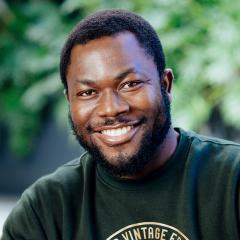Researchers at QAEHS and the Healthy Rivers to Reef Partnership have been working together to promote healthy rivers and reef ecosystems, while supporting a prosperous Mackay-Whitsunday-Isaac region. Their collaboration aims to improve understanding of marine waters in the Southern Inshore Zone of the Great Barrier Reef, with a particular focus on pesticide use in the region.
This partnership brings together community members, Traditional Owners, farmers, fishers, industry, scientists, tourism operators, and government agencies to achieve positive outcomes for both rivers and the Reef.
The latest Report Card highlights conditions of the Southern Inshore Marine Zone, a vital habitat for protected species such as dugongs and green sea turtles, which rely on the area's seagrass beds. From 2014 to 2017, no data was available for this zone. In response, the Partnership prioritized the development of a monitoring program to collect data on seagrass, coral, and water quality—including pesticide levels.
Key Findings:
- There is now statistical evidence that agricultural extension services and improved farming practices are having a positive impact.
- Notably, concentrations of PSII herbicides (e.g., diuron and atrazine) and associated pesticide risks have decreased at the Sandy Creek Homebush site (Plane Basin) since 2016.
- However, there has been a statistically significant increase in other herbicides and insecticides, which may still pose risks to aquatic ecosystems.
QAEHS Chief Investigator, A/Prof Sarit Kaserzon, stated: “This partnership—uniting community, researchers, and government—provides essential data to guide actions that protect our rivers and reef. We’re encouraged by the improvements in water quality, but continued vigilance is needed, as some pesticide indicators are still on the rise.”
To view the full report details, refer to the 2025 Results Report.



